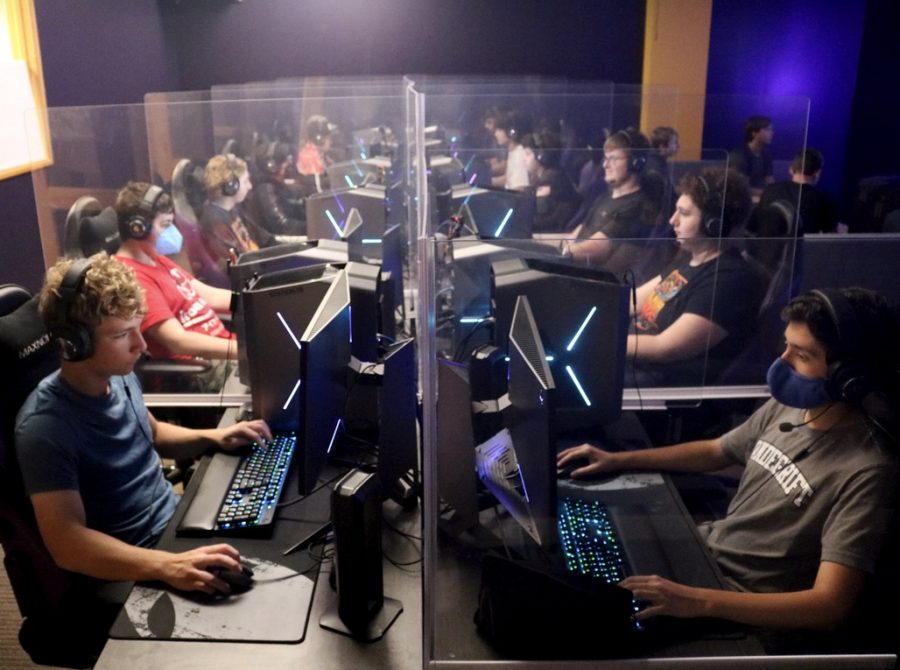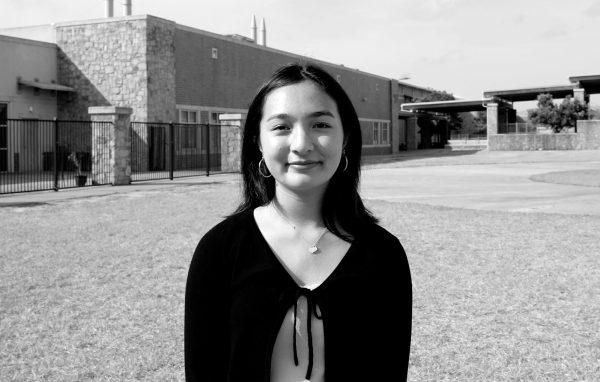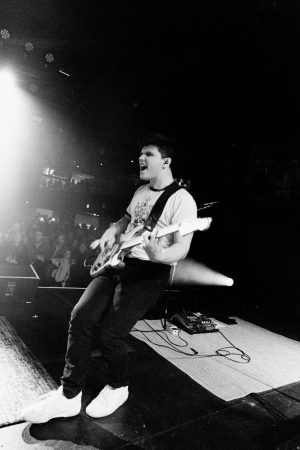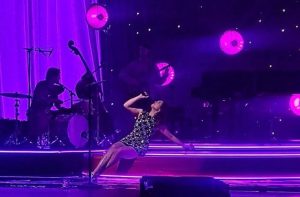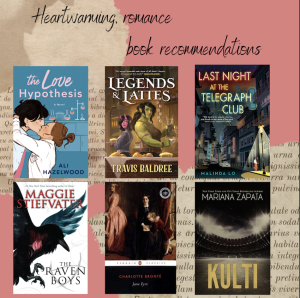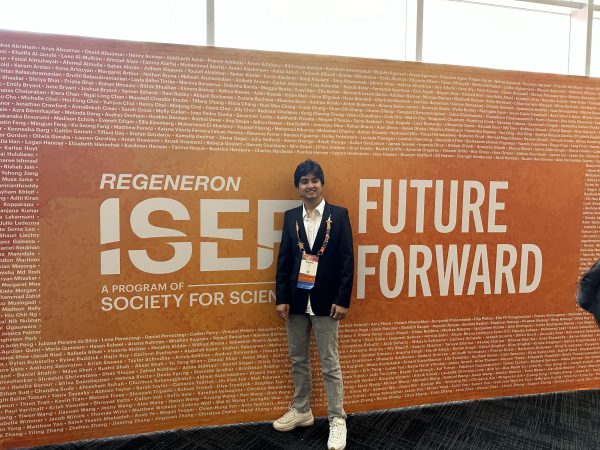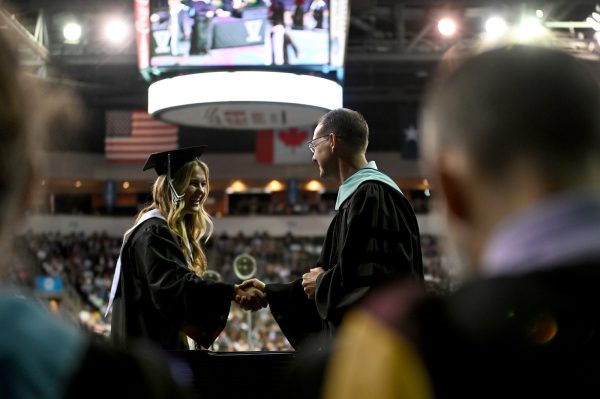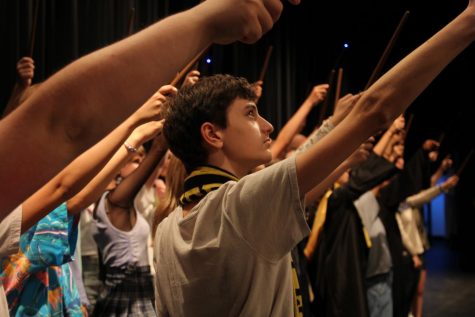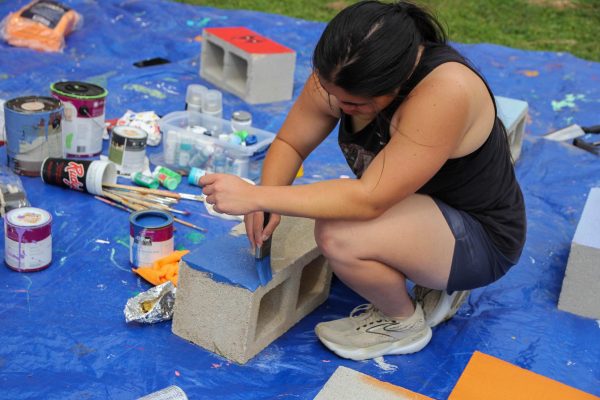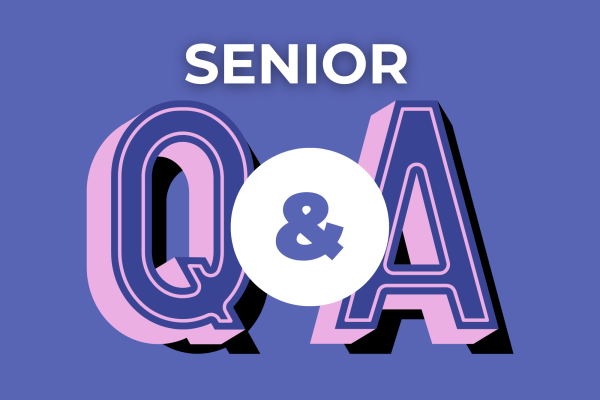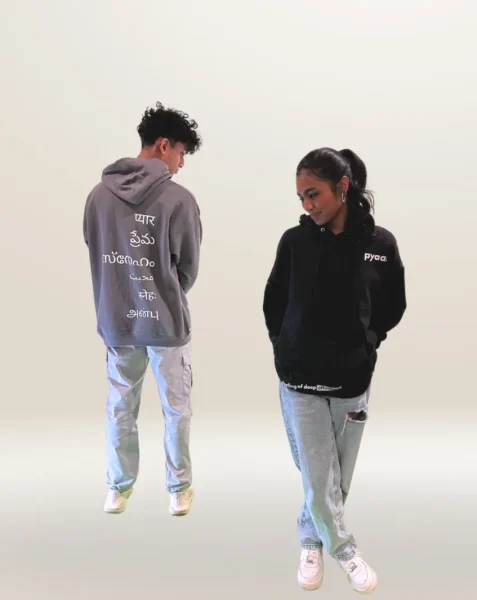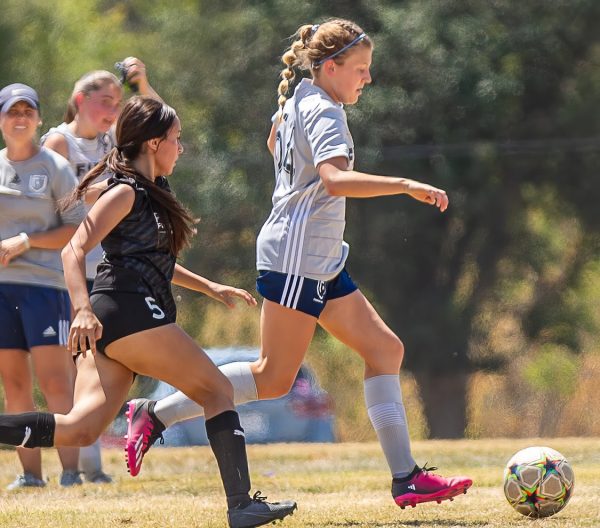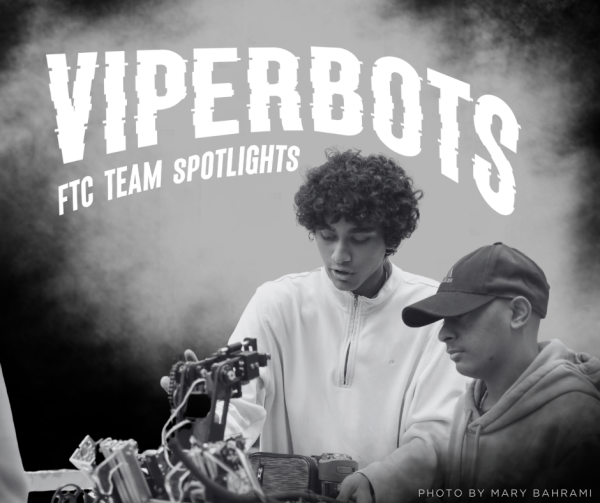Click, not kick: Esports club brings students together through competitive video gaming
Members of the esports club meet every week to compete and improve their gaming skills.
December 2, 2021
The rapid and flustered clicking of keyboards and computer mice feels deafening, but the players are oblivious thanks to the muffled, thick headphones that conceal their ears. Eyes dart around screens as the players take care with each click– a click that could make or break their game at any point. Their emotions, actions and choices reflect a world beyond what we can feel or touch. A society contained in a computer.
As one of the many high school esports teams in the U.S, the Vandegrift esports team works to bring their members together through the use of competitive video gaming.
“Here at Vandegrift, our main goal is to just create a community of people who can come together and play games,” president of the esports club, junior Grant Royer said.
The technical definition of esports is competitive video gaming, and, according to the Duke Chronicle, it has become increasingly popular in the past few years.
“We have grown exponentially in the past year, but we’re looking to get even better and offer more games,” Royer said. “[We want to] be able to provide an insight into the college esport level.”
The National Federation of State High School Associations (NFHS) first confirmed esports as an official high school sport in 2018, sparking more than 8,600 high schools to start up their own teams.
“Overall, it’s just that people are playing more video games because they have more free time on average,” esports Vice President, junior Luke Balengee said. “But I think it also means we’ve had more involvement; [and] the staff team has had more involvement with people in the club.”
With the rise of esports and gaming, video games have begun to see a rise in diversity as well. Gender diversity has fluctuated over the years, but according to Statista, the female to male ratio of 2021 remains relatively equal, with 45% female gamers, and 55% male gamers.
“We are always wanting to get more and more people to play different games,” Royer said. “[For example,] we have somebody who’s new to school and new to the club who wants to play Splatoon, and so we’re trying to offer multiple different areas for different people.”
Growing along with diversity, the esports club has also begun to branch out to different games. Currently, the esports club offers Rocket League, Valorant, Rainbow Six Siege, Counter-Strike: Global Offensive, Call of Duty: Modern Warfare, Minecraft, Hearthstone, League of Legends, Rust, chess, Apex Legends and Super Smash Bros, and looks to expand to more console based games.
“There’s also some people that don’t even play video games that are just hanging out.” Balengee continues. “We have Wednesday meetings where we have the PIT open and people just come and hang out.”
Although the esports club does have many competitive aspects, Royer hopes to expand the community to a place to play casually and make connections with other gamers, along with having the opportunity to show off gaming talents in more competitive games.
“I kind of just enjoy playing games casually with friends just to have a good time, and then in the past I’ve competed as well,” Balengee said. “[It’s] just as a side thing; not really the main purpose being to compete, but [it’s] more than, ‘I do it to have a good time and hang out with friends.’”
The esports club has many sponsors, from colleges to organizations. Concordia University, for example, allows the club access to a setup that will allow them to host more competitive events in the future.
“The goal is that we’re just an accepting community for people to come and play games, not only a competitive environment but a place to be casual and make friends,” Royer said. “And I feel like we have turned a corner on that.”



